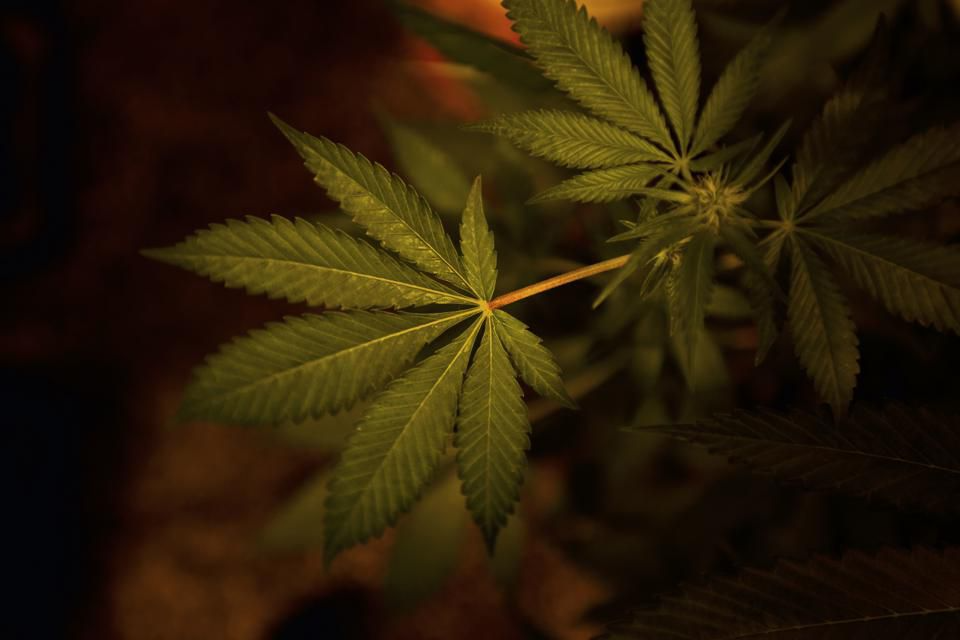California has a reputation for being one of the most cannabis-friendly places in the world. In February, though, newly elected Governor Gavin Newsom (an advocate for legal cannabis) proposed moving 150 National Guard troops to Northern California to help deal with a problem that doesn’t seem to be going away: illegal cannabis growers.
Despite legalizing cannabis for all uses in 2016, California still has a thriving black market that includes growers and sellers. According to research from New Frontier Data, as much as 80% of the cannabis sold in California comes from the illegal black market. The research company estimates that the state’s illicit pot market is worth $3.7 billion, more than four times the size of the legal market in the state.
Legalizing cannabis was supposed to create a well-organized marketplace where consumers could easily buy products that they knew were safe and high-quality and states could collect new tax revenues to fund their governments. However, the illegal market for cannabis continues to thrive in California and beyond.
According to research from Eaze, a cannabis-delivery firm, one in five Californians has purchased cannabis from illegal sources in the last three months and 84% of those people say they’re highly likely to buy from the same unlicensed source again.
We’re seeing similar patterns wherever cannabis has been legalized. In Canada, where cannabis was recently legalized for all uses, the black market is expected to account for 71% of all sales in 2019. In Massachusetts, an estimated 75% of cannabis sales will be on the black market this year. In Washington State, police have been busy arresting workers from illegal cannabis farms who often set up shop next to legal cannabis fields to try and throw off enforcement efforts.
So what’s gone wrong?
There are various explanations for the persistence of the black market. In California, the problem stems from a mix of high taxes and a limited number of legal dispensaries. The state imposes a 15% excise tax on all cannabis sales in addition to local taxes that, when added up, can put more than a 45% markup on legal cannabis products. Additionally, there’s the problem of ‘cannabis deserts,’ or wide swaths of the state where there are no dispensaries. As of last April, fewer than one in three cities in California (144 out of 482) allowed any kind of cannabis sales within their borders. That means that people who want to use cannabis, especially for medical reasons, have to resort to the black market. Massachusetts is dealing with similar issues of high taxes and few legal outlets.
In Washington State, the fundamental problem is over-supply. The huge amount of cannabis grown in the state is pushing down prices for legal cannabis. That’s good for local consumers, but a problem for growers, who can earn a lot more selling on the black market in nearby states where cannabis is still illegal.
Black market growers have also taken up residence in Colorado. Although the state has the most established legal cannabis market in the country, with more than 500 licensed dispensaries, lax enforcement around cannabis farming has made it easy for crime syndicates to grow cannabis in Colorado and illegally export the plants to other states.
These thriving black markets are a problem for states that were hoping for a tax bonanza from legalizing cannabis. In June 2018, California forecast $630 million in tax revenue from cannabis sales in the 2018-2019 fiscal year. The Legislative Analyst’s Office recently lowered those expectations to $410 million, but only if sales were strong. Now it looks like tax revenues could come in as low as $280 million, which is $350 million less than expected.
The black market is also a problem for the growing cannabis industry. The total potential demand for cannabis in the U.S., including black market demand, is as high as $55 billion. But the legal industry can only thrive if more existing cannabis users choose the legal route and new cannabis users join the market. The forces that sustain the black market — high prices and not enough dispensaries — mean that there is a high risk of existing users sticking with their illegal sources and new users being turned off by high prices.
Some of the problems could be solved by the federal government removing cannabis from its Schedule 1 drug classification, which it shares with drugs like heroin and LSD. A national cannabis policy would make it harder for illegal growers to find black markets, thus reducing bootlegging and cross-border smuggling. Other problems are going to have to be tackled as the cannabis industry evolves. States that want healthy cannabis markets are going to have to lower taxes and ease the red tape that makes it so difficult to open new dispensaries. The demand for cannabis is there; it’s now time for regulations to evolve to meet this demand legally.

